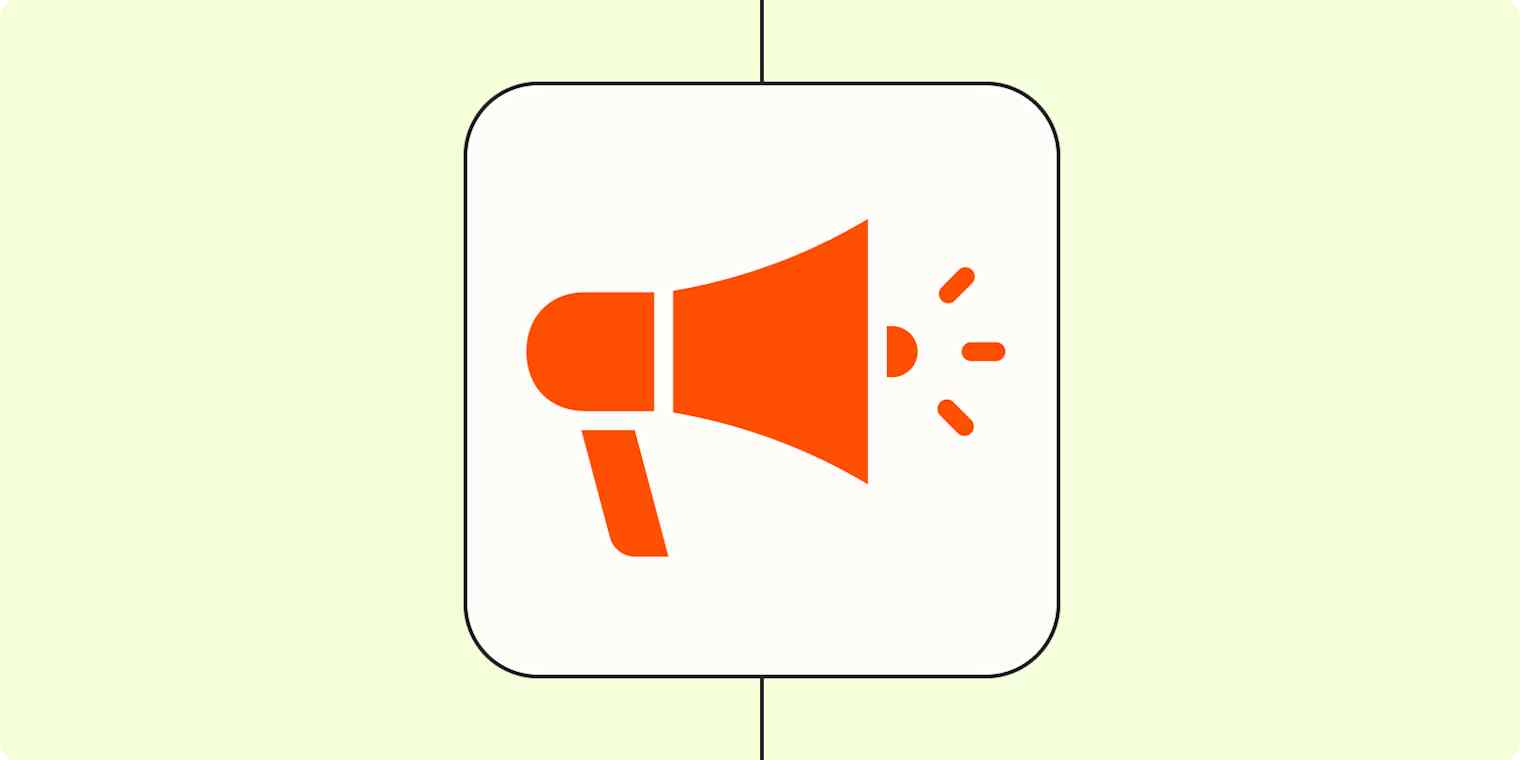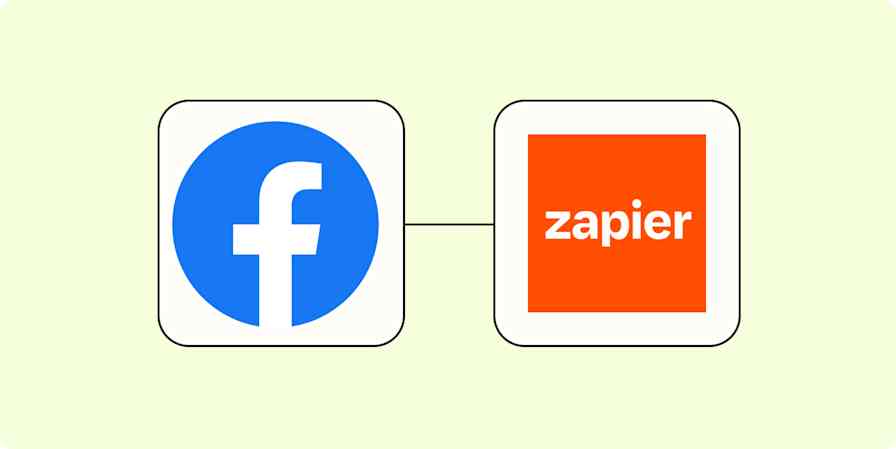Zapier tutorials
13 min readHow to automate your event promotion with Zapier and ChatGPT
Combine AI with automation to power your event marketing
By Michael Toth · September 29, 2023

Get productivity tips delivered straight to your inbox
We’ll email you 1-3 times per week—and never share your information.
mentioned apps
Related articles
Improve your productivity automatically. Use Zapier to get your apps working together.









